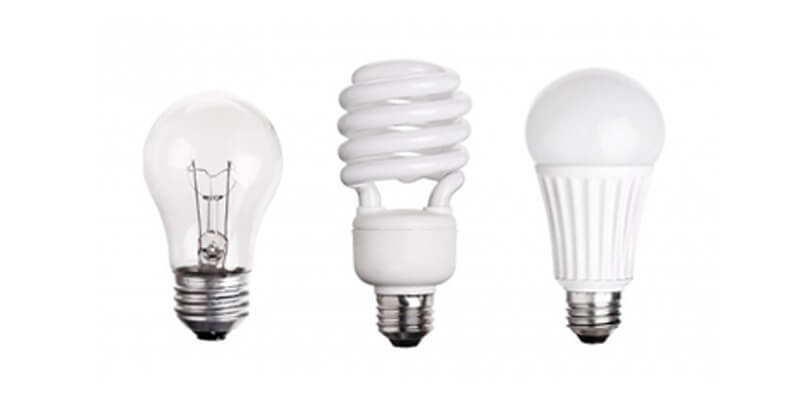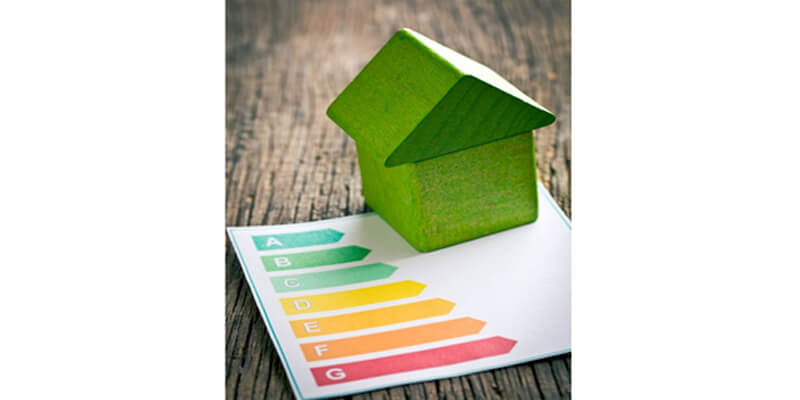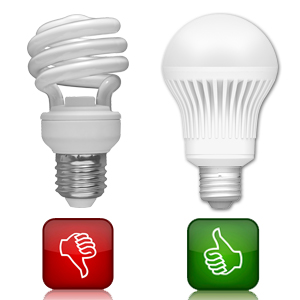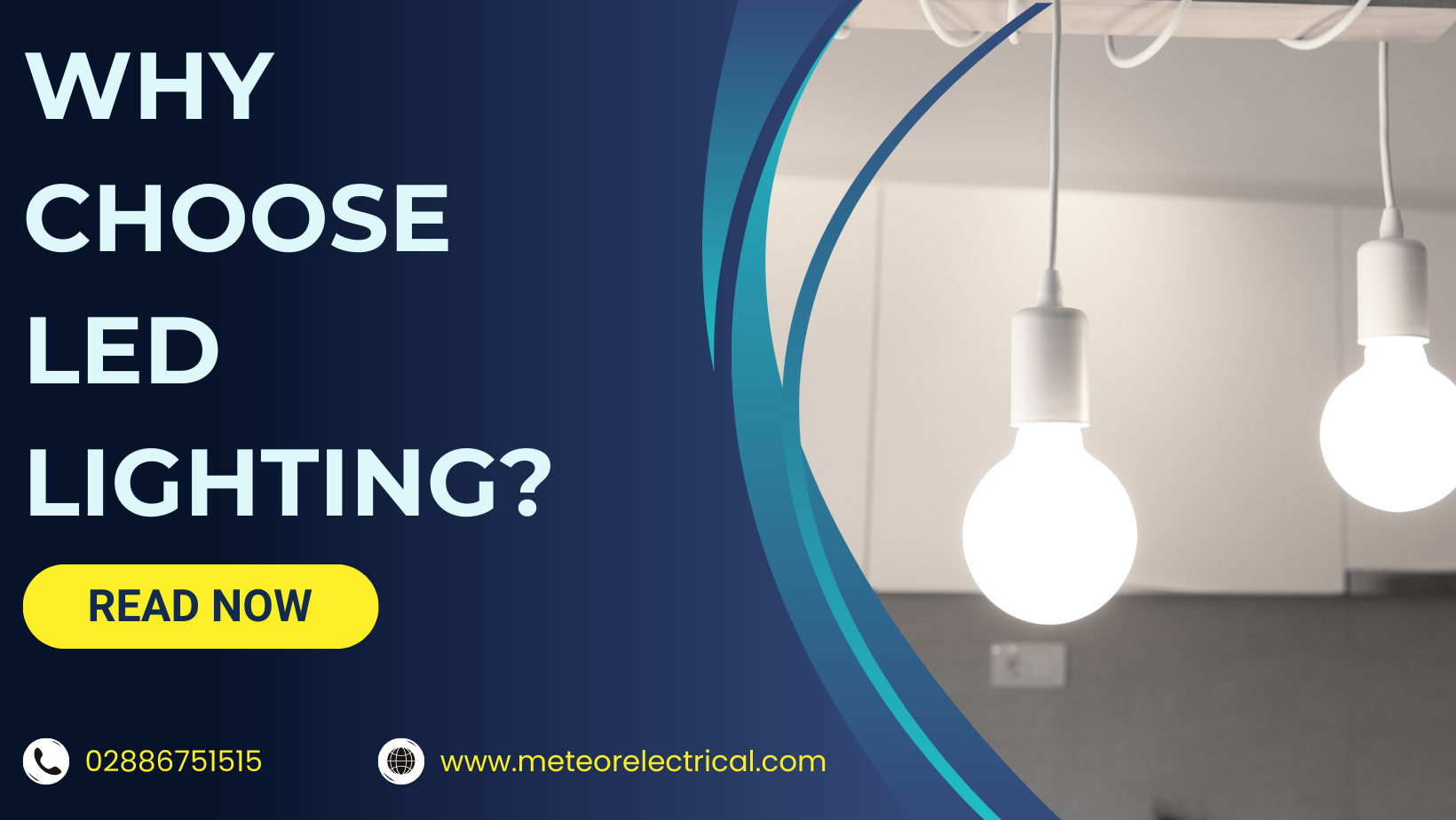Why choose LED lights?
LED lights explained:
LED stands for Light-Emitting Diode. LED bulbs produce light differently compared to the typical incandescent lights. LEDs produce light by using a semi-conductor that emits light energy when an electrical current is delivered across it, rather than the tiny wire filament used in old-fashioned incandescent light bulbs. This method of producing light is also different from traditional energy-saving bulbs, which generate UV light by passing electricity via mercury vapour.

Benefits of LED lights of why you should choose LED lights:
LED lamps have exceeded incandescent lighting as the most energy-efficient lighting option. There are many benefits to why you should choose LED lights including the following:
Energy Efficiency
LEDs can convert roughly 90% of their energy into light due to their high lumen output per wattage. This makes them much more energy efficient than traditional bulbs, which consume a significant amount of energy while wasting it on heat
A 6-watt LED bulb produces the same amount of light as a 40-watt incandescent, plus their lower operating temperature makes them safer to use.
Lower Heat Output
LED lamps do not emit infrared heat, making them better for lighting heat-sensitive goods such as artwork or food. LEDs are also "safer" than traditional bulbs since they emit less heat, minimising the risk of fire caused by high-temperature bulbs.
Incandescent bulbs, on the other hand, may get so hot that they should be kept out of reach of children who could burn themselves, and they have also been known to create fires when they come into touch with flammable materials.
Long Lifespan
LED bulbs have a longer life span than traditional light bulbs, lasting several years longer while delivering the same amount of light. The average life expectancy of incandescent bulb is 1,200 hours and fluorescent bulbs is 10,000 hours, whereas a LED light bulb can last up to 50,000-100,000 hours.
The components of an LED greatly lengthen the bulb's lifespan. The LED bulb's low heat levels, durability, and energy efficiency allow the bulb to outlast other types of bulbs by thousands of hours.
Below is a table which highlights the life expectancy of incandescent bulb, fluorescent bulb, and an LED bulb. Please note that these are estimates and should only be used as a guide. Due to the unknown condition of pre-existing fittings, Meteor cannot guarantee that products will have exact like-for-like lumen output.
|
|
LED bulb |
Incandescent bulb |
Fluorescent bulb |
|
Life Expectancy |
50,000/100,000 hours |
1,200 hours |
10,000 hours |
|
Wattage |
8 watts |
60 watts |
14 watts |
|
Lumen Output |
800 |
800 |
800 |
|
Bulbs needed for 25,000 hours use |
1 bulb |
21 bulbs |
3 bulbs |
Designed to be Versatile
LEDs are incredibly adaptable due of their modest size. LED lighting can be used for a wide range of projects, not just for visibility and general lighting.
LED strips may be easily installed behind cabinets, tablets, and other furniture. They're also useful for illuminating stairwells, corridors, and other potentially hazardous areas. LEDs are ideal for lighting certain features in a room since they produce directional light. Kitchen counters, work desks, dining tables, and other vital places can all benefit from LED downlighting.
Electronic dimmers are compatible with some LED lights, allowing for easy modulation of light intensity. This means that LED lighting can be used as a substitute for traditional lighting as well as for directional illumination in specific situations.
Saves Money
Some people might wonder if switching to LED lights really saves money. However, when compared to traditional lighting, LEDs have a higher energy efficiency and a longer lifespan, resulting in significant long-term savings. LEDs utilise up to 70% less energy leading in immediate energy cost reductions. Furthermore, because LED lights have a longer lifespan, they require significantly less frequent replacement, lowering any additional maintenance costs.
How much power do LED lights use?
LED lights, in general, utilise less energy and last longer than incandescent or CFL bulbs. It is important to understand that the wattage of a light bulb is a measure of how much energy it uses to generate light, while the brightness of LED bulbs is now measured in lumens rather than watts. LED bulbs produce the same brightness for a substantially lower wattage.

However, when a LED bulb is described as 5 watts, this is the amount of electricity it uses when it is turned on. The wattage, on the other hand, indicates nothing about the power use. The real consumption is calculated by multiplying the power consumption with the real burn time of the lamp.
Conclusion:
LED lighting is much more energy efficient than fluorescent lamps, or incandescent bulbs, as they produce equivalent levels of lumen output against a lower wattage.
Why should I choose LED lights? Switching to LED lighting is both environmentally friendly and cost effective! To meet your illumination needs, at Meteor we provide LED light bulbs in wattages ranging from 1.5W to 36W and a variety of colour temperatures.
Are you seeking to change your lighting to LED but aren't sure what wattage you'll need? Contact one of our LED experts at 028 (048) 867 51515 or read our article on the Traditional Lighting to LED Chart.
Additionally, for more information on our range of LED light bulbs, send an email at [email protected] or speak to one of our friendly advisors on the live chat!


